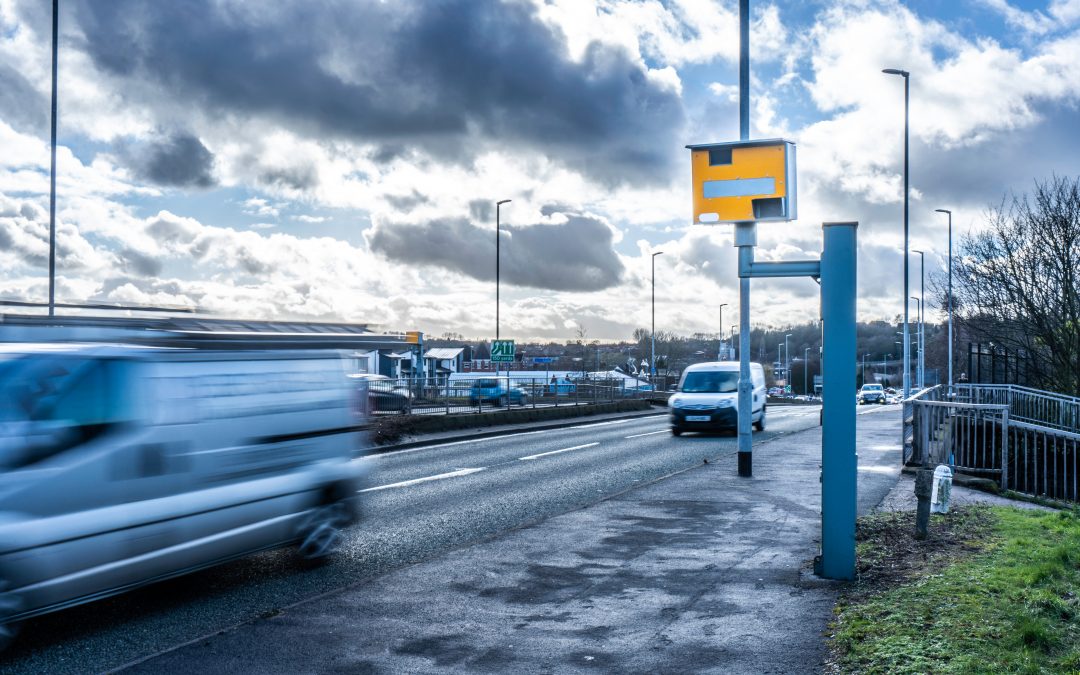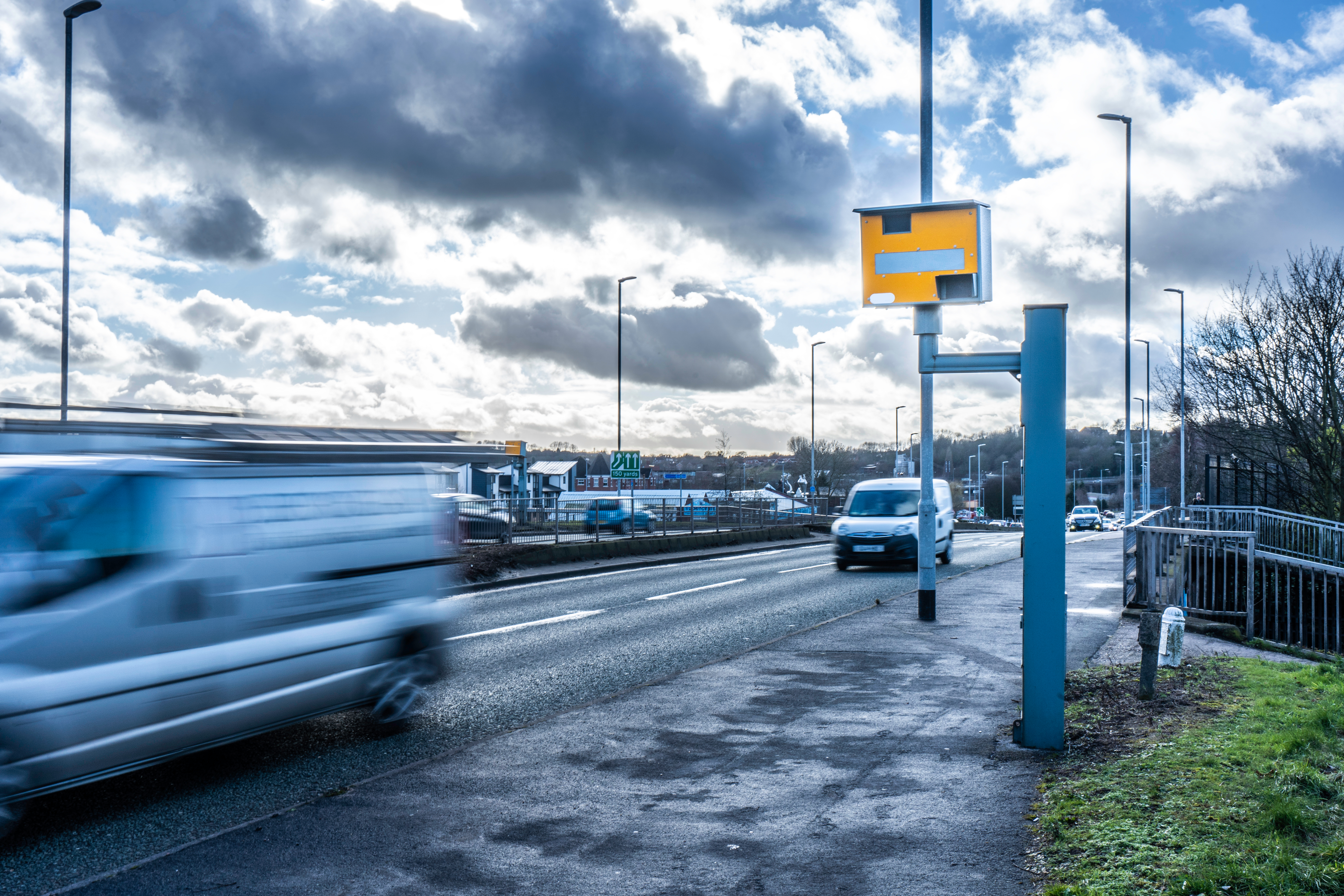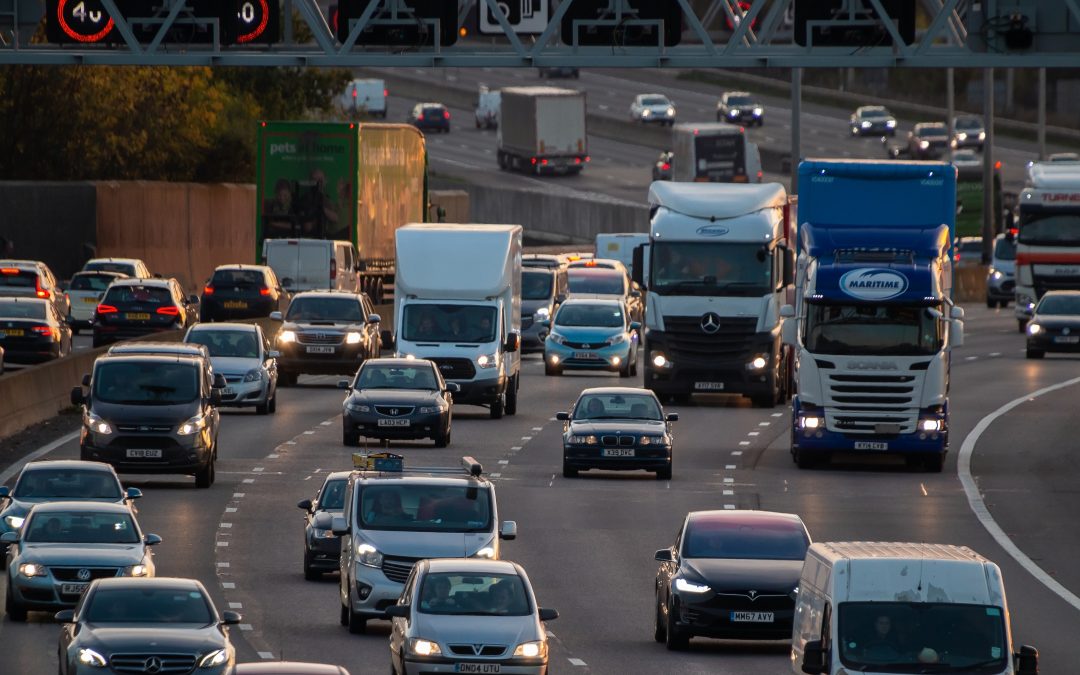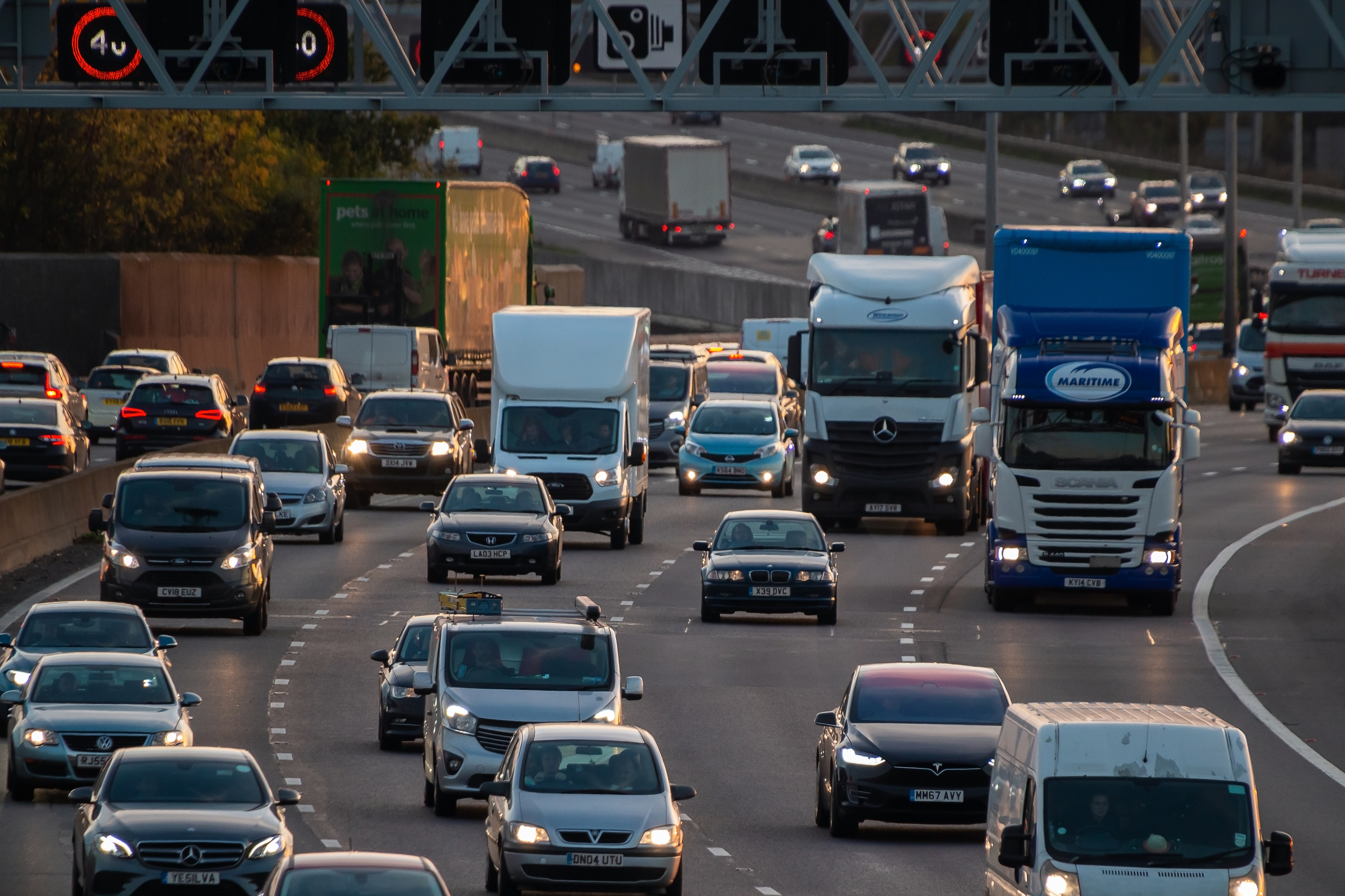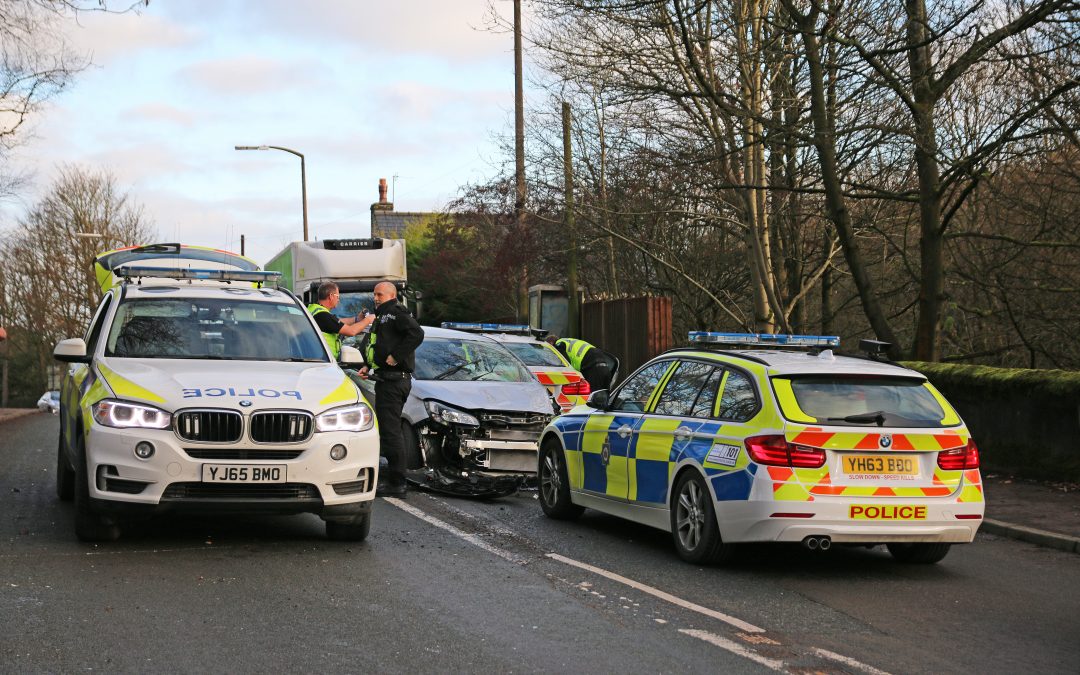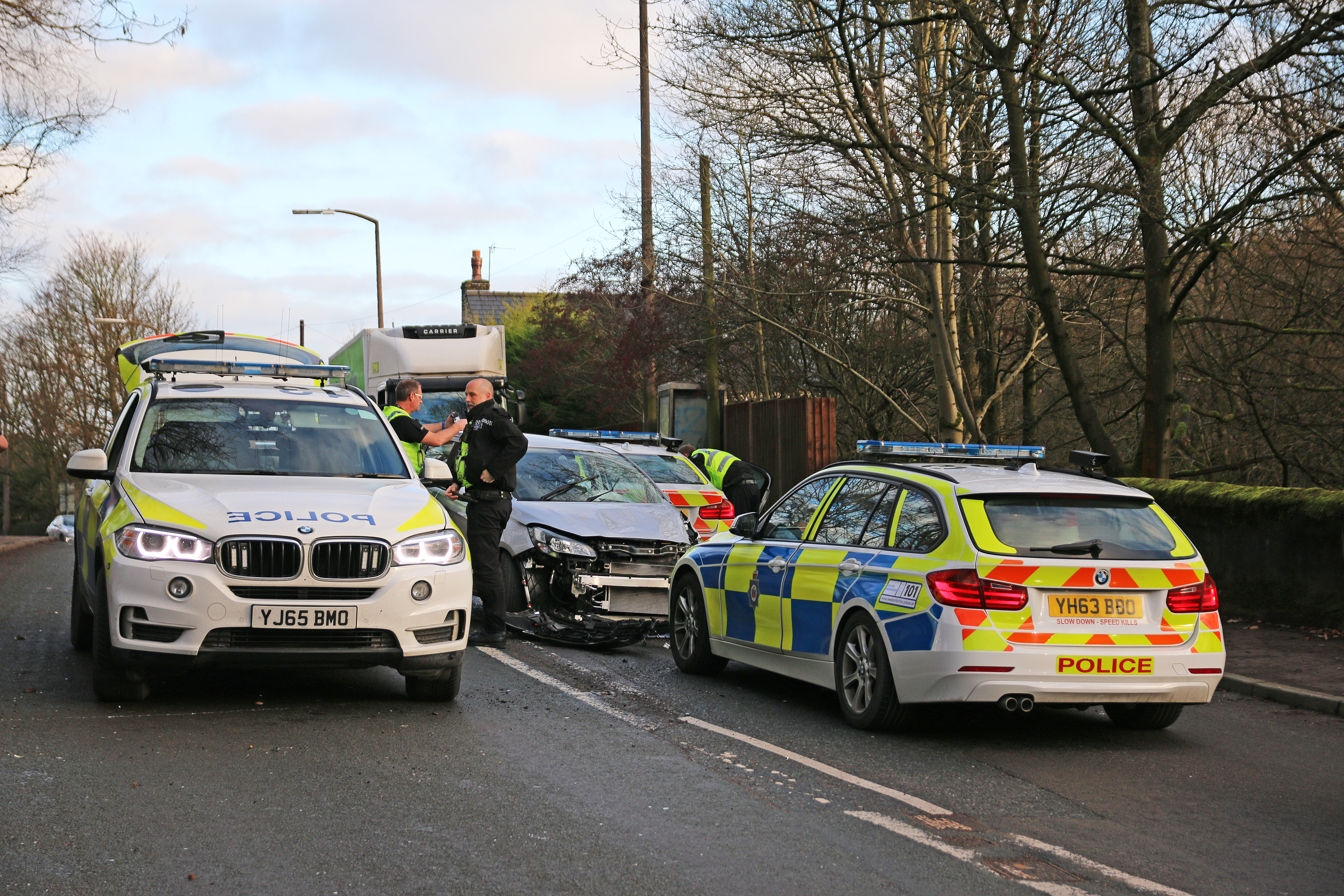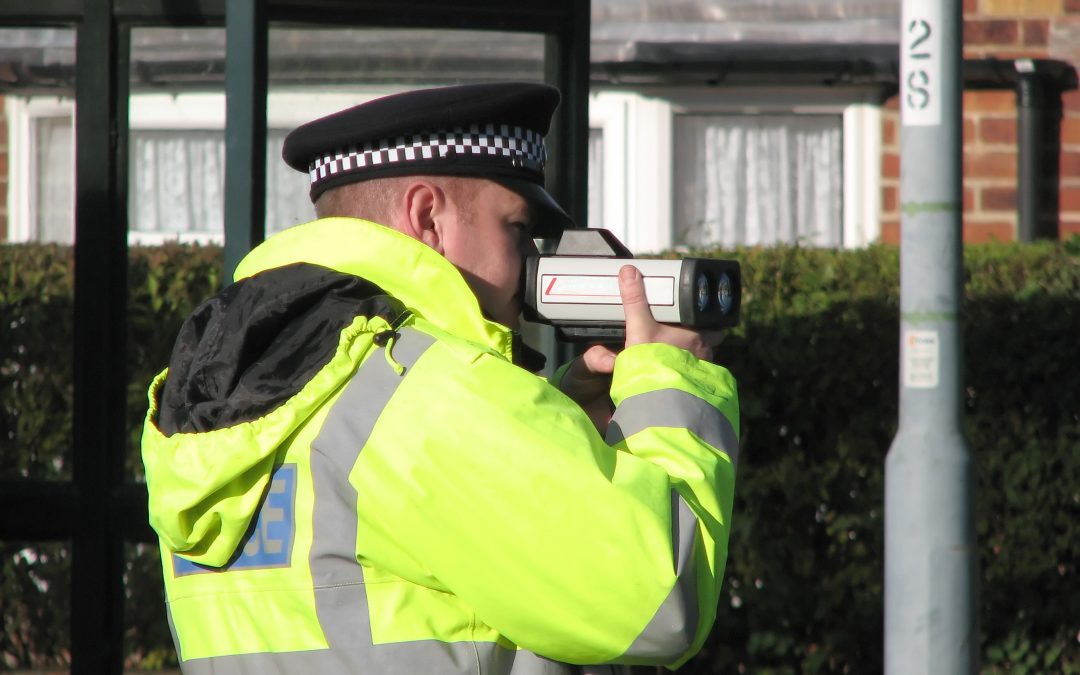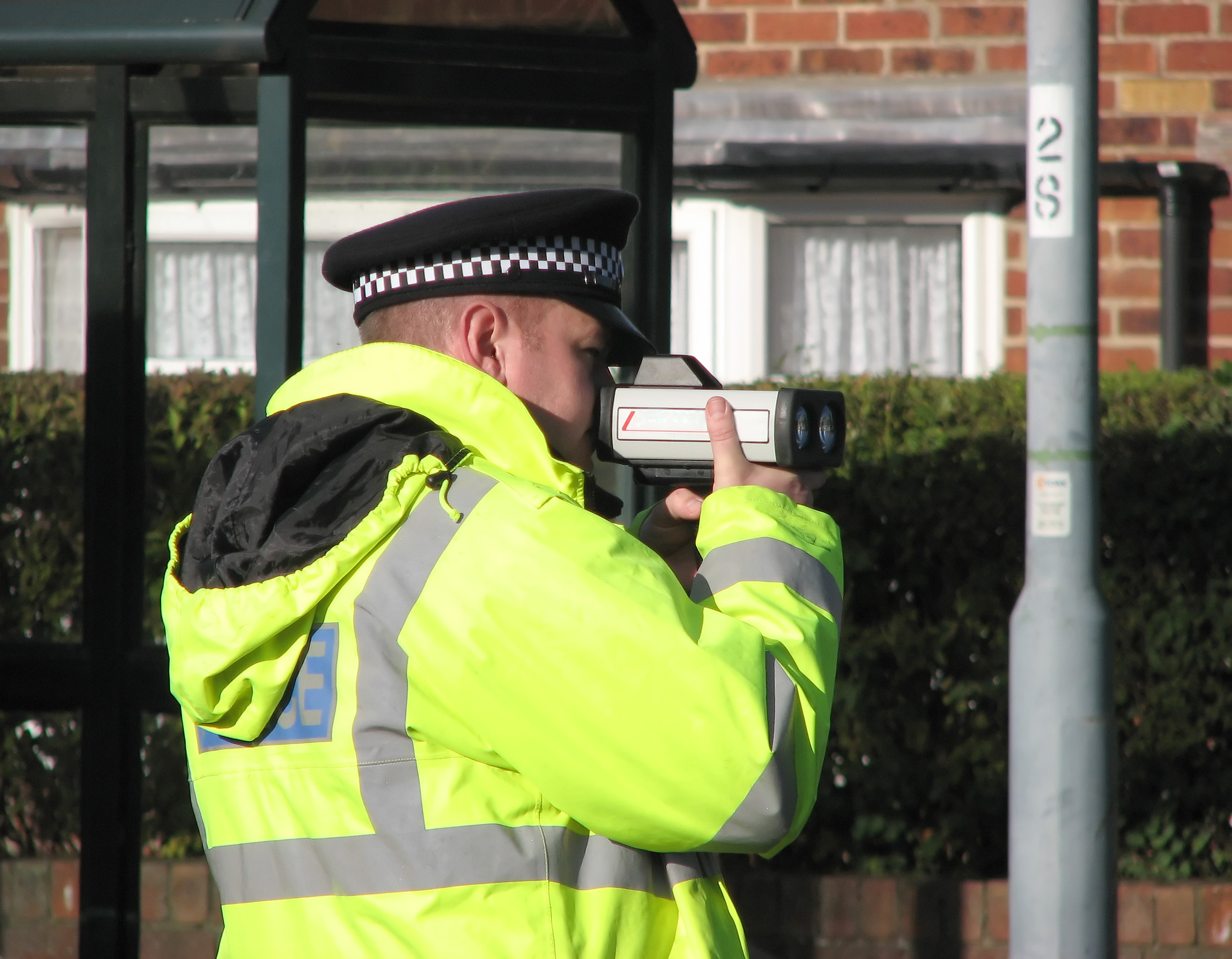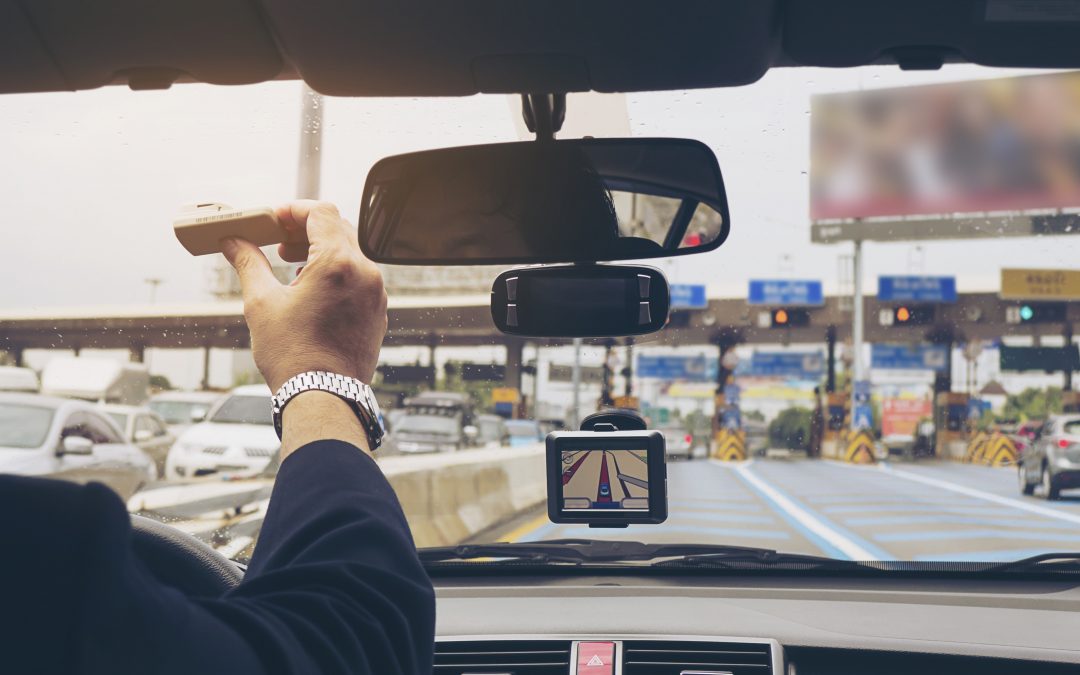
60% of drivers now support pay as you drive tax system claims Ipsos Mori
According to new research by Ipsos Mori, three in five people have said they will support a pay-as-you-drive road pricing scheme if electric cars become the main type of vehicle.
The Chancellor Rishi Sunak is in favour of the scheme to offset a tax black hole when fuel duty and vehicle and excise duty based on emissions outputs are no longer applied to motorists.
MPs on the Transport Committee launched an official inquiry into zero-emission vehicles and road pricing a few weeks ago.
Ipsos Mori found that a quarter ‘strongly’ supported the concept of pay-as-you-drive road pricing, which is a massive shift when people were last polled with the same question in 2007.
In 2007, almost half opposed the idea in principle and only a third were supportive of the scheme. This time around, only 21 per cent are strongly against the idea.
In total, 911 adults were polled, while a further 102 interviews with ‘industry captains’ – the top 500 companies by turnover, and the top 100 by capital employed in the UK – were also recorded for the study.
Captains of industry were in greater support of road pricing than the public, with 82 per cent either supporting or strongly backing the scheme – ahead of the 62 per cent vote of confidence from the public.
Surprisingly, motorists were equally behind the concept of pay-as-you-drive charges; 60 per cent of vehicle owners supported the idea in principle and just 22 per cent were opposed.
Almost two thirds of the public said they would either strongly support or tend to support the introduction of schemes if all the revenues collected would be used to improve bus, train and tube services.
Similarly, the suggestion that schemes charging motorists would result in a greener and cleaner future improved the level of backing from survey respondents.
Ben Marshall, research director Ipsos Mori: ‘Media reports that the Chancellor is weighing up plans for a new national system with motorists paying directly to use Britain’s roads, have put road pricing back on the political agenda.
‘Public opinion will play an important role, just as it did in curbing previous ambitions to find a new way of funding the country’s roads.
‘The recent focus has been on a new scheme’s revenue-raising potential given a multi-billion ‘tax hole’ caused by the coronavirus pandemic and a move to electric cars.
‘But our survey shows that while both public and industry’s instincts are ‘pro’- the introduction of charging schemes in principle, practical implementation will matter.’
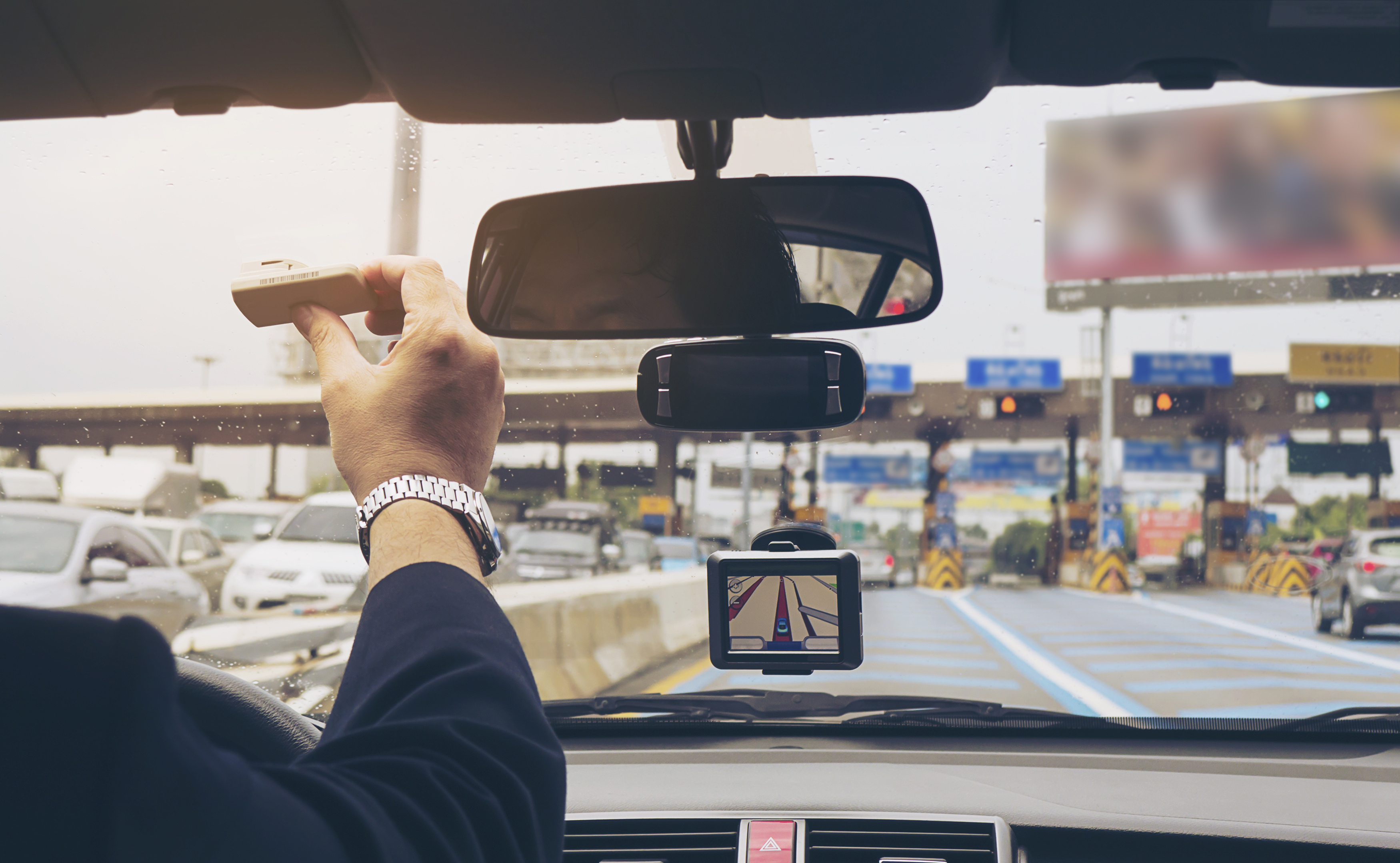
[Image: Source Shutterstock, December 2020]
Transport Committee Inquiry
The latest poll results were published on Monday following the Transport Committee’s call for evidence on road pricing, which was launched last week and is open until Wednesday 17 February.
Chair of the Transport Committee, Huw Merriman MP, said: ‘The Government decision to bring forward the ban on the sale of new petrol, hybrid and diesel cars, recently announced in the ‘Ten Point Plan’ for a green industrial revolution, is considered a vital step along the UK’s path to net zero.
‘This inquiry will help us get into the details and practicalities of the policy and the financial implications.
‘A consequence of the transition to electric vehicles is a potential £40 billion annual fiscal black hole, due to the reduction in Fuel Duty and Vehicle Excise Duty. Something will have to change.
‘We will be exploring whether radical road pricing or ‘pay-as-you-drive’ schemes can offer a revenue-raising solution to this problem.
‘We will explore the practicalities of different schemes, the level of public support for them, and best practice from other countries.
‘We will also assess whether new technologies and pricing can both be utilised to incentivise consumer behaviour change, reduce congestion and promote active travel.’
Confirmation of the inquiry followed a Treasury report released last week that said tax revenues will plunge when motorists switch to electric vehicles.
It warned that it will be forced to increase other taxes or cut funding for services to compensate for the loss in taxes on polluting cars as well as fuel duty.
‘Over time the Government will need to consider how to offset these lost tax revenues – whether through adjustments to other taxes or reductions in government spending – so that the UK can reach net zero while maintaining the long-term health of the public finances.’
What do you think about this research and its findings? Are you one of the 60% of drivers that believes pay as you drive is the right option to replace lost tax income?
Let us know in the comments below.
